Hi - I'm getting unexpected output from a MAX3232 board. I'm trying to reimplement a baseball scoreboard controller. The signal I'm trying to recreate is at RS232 levels (-5 to 5V) but uses a different encoding.
I've got a Raspberry Pi Zero driving a 3V GPIO (the blue trace), and the output is hooked up to a little cheap MAX3232 board with a 9 pin serial connector (the signal goes to the DIN1 pin on the 3232). I'm getting the yellow trace output on pin3 (TX) of the RS-232 connector. What I'm expecting is a -5 to 5V copy of the blue trace. What I'm getting looks like the inverse of the first derivative of the signal (low on rising edge, high on falling edge) ? (the range is correct though).
Any ideas what might be happening here? I've heard of MAX3232 knockoffs...but differentiator output?? Thanks for your time!

